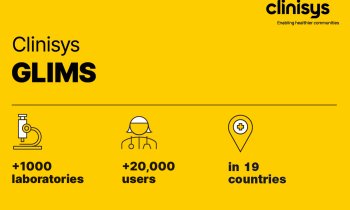Implementing shared decision making in the NHS
The British government’s plans to introduce wider choice and shared decision making within the NHS may be challenging to implement, says an expert on bmj.com. In its new plans for the NHS, the government wants to extend the offer of choice beyond what is currently available to include choice of specialist team, choice of general practice, and choice of treatment. But do patients want a choice and does it work?
Angela Coulter, Director of Global Initiatives at the Foundation for Informed Medical Decision Making in the USA reviews the evidence and finds that choice has intrinsic value to patients.
The evidence suggests that most patients like the idea that they should be offered a choice of provider and, in particular, a choice of treatment, she says. However, it also suggests reluctance on the part of clinicians to offer a choice. Since choice of treatment location was introduced in 2005, regular surveys have shown that patients’ awareness of the right to choose and general practitioners’ willingness to offer a choice have been slow to grow.
More recent evidence confirms that most patients are keen on having a choice, even if they choose to remain at their local hospital, but many general practitioners remain ambivalent or antagonistic to the idea. Clinicians have also been slow to respond to the evidence that most patients want to participate in decisions about their care, citing concerns about time constraints and doubts about its relevance to their patients, says Coulter. The government’s new commitment to shared decision making tackles this directly and implies a challenge to entrenched attitudes and the need for big change in practice styles.
There is also little evidence that patients use performance data to inform their decisions, despite the government’s promise to publish more detailed information on patients’ experience, health outcomes, and safety indicators. “The evidence reviewed here suggests a reluctance on the part of general practitioners, coupled with a gulf between what patients say they want and what general practitioners believe they want,” concludes Coulter. “This is worrying because the government’s plans assume that general practitioners understand patients’ preferences and will commission services accordingly.”
She believes implementation of the plans for extending choice will be “a major test of the effectiveness of general practitioner led commissioning.” This view is supported in a second article which looks at how to better involve patients in decisions about their care. Professor Glyn Elwyn and colleagues say that, despite considerable interest in shared decision making, and clear evidence of benefit, implementation within the NHS “has proved difficult and slow.”
High quality decision aids for many conditions already exist, they say, but the challenge is how to embed the tools, attitudes and skills required into routine practice. This will require substantial investment and collaboration between many agencies but, if created, “it would go a long way towards developing a patient led revolution in health care – one that is fuelled by evidence,” they conclude.
A recent article published by Student BMJ also asks: Is more choice always better?
Richard Bagshaw, a medical student at the University of Birmingham, recalls a recent visit to a travel clinic, where he was asked whether he wanted a rabies vaccination. He chose not to have it, but found the responsibility of making the decision alone difficult.
“Just assimilating the information needed to make an informed decision takes effort,” he writes. “Also, the risk when faced with too complex a choice is that a person disengages and makes an essentially arbitrary decision just to be done with the ordeal.” Although patients stand to benefit from greater empowerment, “there’s a price to be paid for shouldering the burden of self-determination,” he warns.
21.10.2010










